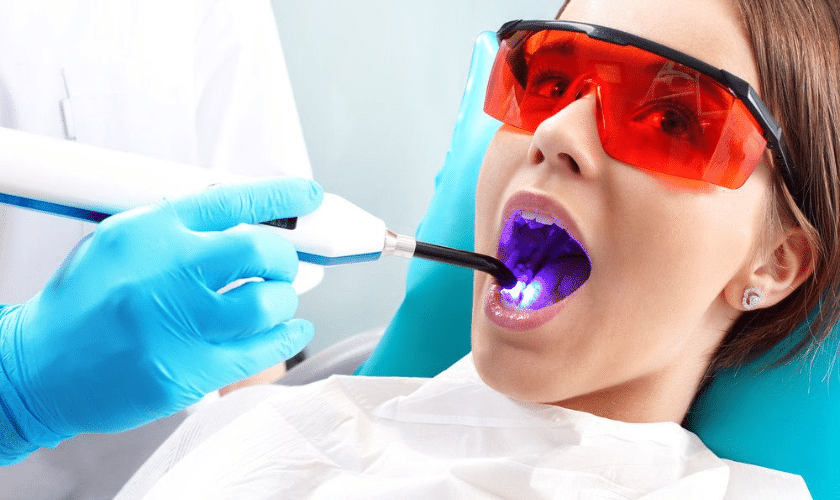Are you looking to know Evaluating the Safety, Cost, and Advantages of Laser Dentistry then read this article to find out Evaluating the Safety, Cost, and Advantages of Laser Dentistry

Laser dentistry is one of the most advanced technologies in modern dental care. It uses focused light beams to perform treatments with great precision and minimal discomfort. However, like any other medical technique, it comes with its own benefits, risks, and costs.
What Is Laser Dentistry?
Laser dentistry involves the use of high-energy light beams to treat both soft and hard tissues in the mouth. These lasers can cut, reshape, or remove tissue with accuracy, allowing dentists to perform treatments more comfortably and efficiently. Patients considering tooth replacement often inquire about dental implants cost alongside these advanced treatment options. It’s often preferred for being less invasive compared to traditional methods.
Types of Laser Dentistry Procedures
- Soft Tissue Procedures
Soft tissue lasers are used for treatments involving the gums and other soft areas in the mouth. They help with gum reshaping, removing lesions, treating infections, and performing frenectomies (cutting tight oral tissues).
- Hard Tissue Procedures
Hard tissue lasers are used on teeth and bone. They help detect and treat cavities, prepare teeth for fillings, and even assist with root canal therapy. Lasers can also make cavity removal smoother and more comfortable, often without the need for anaesthesia.
- Other Laser Uses
Beyond regular treatments, lasers are also used for teeth whitening, removing tissue samples for biopsy, and reducing pain from jaw disorders. These applications show how flexible and beneficial laser dentistry can be for both patients and dentists.
Safety of Laser Dentistry
When performed by a trained professional, laser dentistry is considered very safe. The technology has been thoroughly researched and proven effective for many dental treatments. However, safety depends on proper handling. Both the dentist and patient must wear protective eyewear during the procedure to prevent any eye injury.
Benefits of Laser Dentistry
Laser dentistry offers several major advantages:
Less Discomfort: Most patients experience minimal pain, reducing the need for anaesthesia.
Reduced Bleeding: Lasers seal blood vessels as they work, which limits bleeding during and after treatment.
Faster Healing: The technology encourages tissue repair and reduces recovery time.
Precision: Lasers target only the problem area, protecting nearby healthy tissues.
Multiple Uses: Lasers can treat gums, teeth, and other oral concerns, making them extremely versatile.
Drawbacks and Costs
Despite its benefits, laser dentistry has some limitations. It might not work for all types of dental procedures, especially when treating large cavities or restoring metal fillings. The main risks include potential eye injury if safety measures are ignored.
Laser treatments are also more expensive than traditional methods due to advanced equipment costs. Depending on the treatment type and location, the price can range from moderate to high. Patients should always consult their dentist for an exact cost estimate before proceeding.
Conclusion
Laser dentistry represents the future of dental care—precise, gentle, and efficient. It reduces fear and discomfort for patients while offering faster recovery and long-lasting results. Although it can be costlier, many find the comfort and accuracy worth it. With the guidance of a skilled professional, laser dentistry can make your next dental visit a far smoother experience.